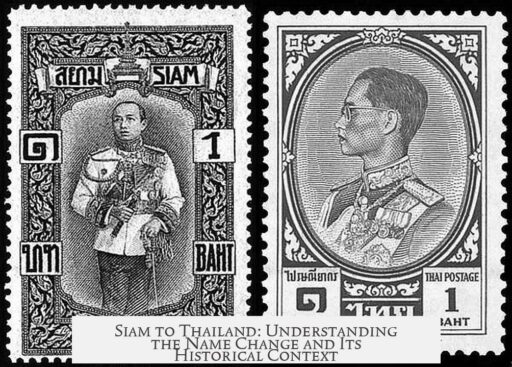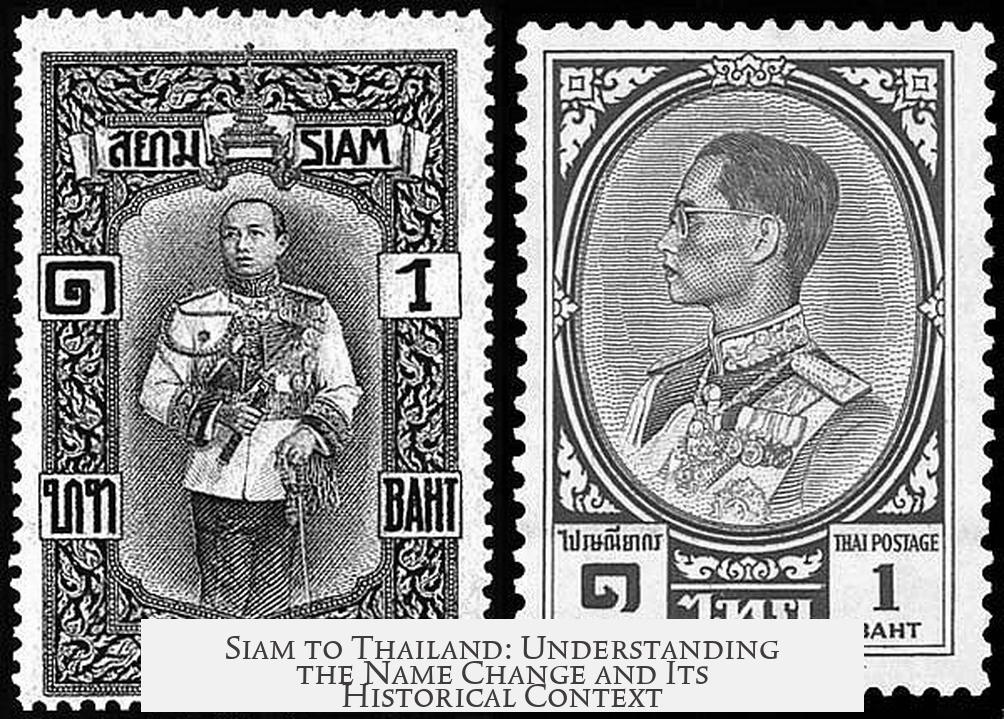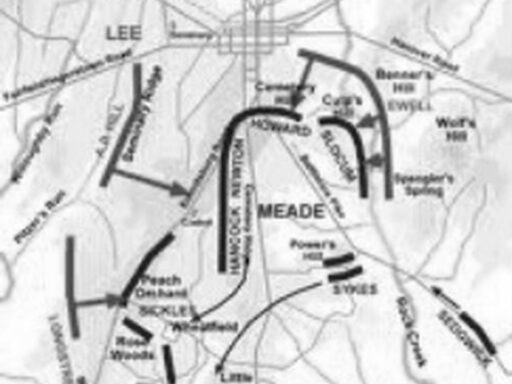Siam is the former name of the country now known as Thailand, and both names refer to the same nation. The name change reflects a shift in political, cultural, and national identity.
The term “Siam” originated as an exonym, a name used by foreigners to describe the kingdom. Locally, the people called their land “Muang Thai,” meaning the “country of the Thai people.” This local name emphasized the kingdom’s ethnic and cultural identity rather than a modern nation-state concept.
During the late 1930s and early 1940s, the Thai government officially replaced “Siam” with “Thailand” (in Thai, “Prathetthai”). This transition came amid rising political nationalism and the influence of Western ideas about nationhood and statehood. The term “Prathet,” meaning “nation,” replaced “Muang,” which referred to a wider notion of territory or kingdom, signaling a shift from a kingdom to a modern national state.
The name change was driven largely by Prime Minister Plaek Phibulsongkram. As a nationalist leader and military dictator, Phibulsongkram sought to unify the diverse population. Since ethnic Thais formed the majority, and there were growing numbers of immigrants such as Chinese migrants, adopting “Thailand” reinforced a cohesive national identity centered on the Thai ethnicity.
This renaming marked a formal move to integrate smaller, semi-independent territories once connected to the central kingdom, converting the area into a unified Thai national space. It encouraged an identity that aligned with modern nation-building efforts occurring globally at the time.
| Aspect | Siam | Thailand |
|---|---|---|
| Name Origin | Foreign name (exonym) | Thai name (Prathetthai), meaning “land of the Thai” |
| Political Concept | Kingdom or Muang (territory) | Nation-state (modern concept) |
| Identity | Loose kingdom under multiple rulers | Unified nation emphasizing ethnic Thai majority |
| Time of Change | Before late 1930s | Officially from late 1930s onwards |
For those interested in the historical and cartographic transformations of Siam to Thailand, Thongchai Winichakul’s book Siam Mapped provides an in-depth analysis.
- Siam and Thailand are the same country; Siam is the old name.
- The name changed to reflect modern nation-state ideas and nationalism.
- Prime Minister Plaek Phibulsongkram led the change to unify the country ethnically and politically.
- The shift marks a move from a kingdom (Muang) to a nation (Prathet).
What was the original meaning of the name “Siam”?
“Siam” was an exonym, a name used by foreigners. Locally, the Thai people called their land “Muang Thai,” meaning the country of the Thai people.
When and why did Siam change its name to Thailand?
The name changed in the late 1930s and 1940s. Thai elites, influenced by Western ideas, aimed to create a modern nation-state. The new name reflected this shift and a unified national identity.
What is the difference between “Muang” and “Prathet” in Thai?
“Muang” can mean any governed space, from a city to a kingdom. “Prathet” means “nation.” The switch showed a move from seeing the land as a kingdom to viewing it as a modern nation-state.
Why did Prime Minister Plaek Phibulsongkram support changing the country’s name to Thailand?
He was a nationalist who wanted to build unity. Since most inhabitants identified as Thai and many immigrants arrived, renaming the country “Thailand” emphasized the main ethnic group and strengthened national cohesion.
Are Siam and Thailand the same country?
Yes, Siam and Thailand refer to the same place. The name changed to reflect political shifts and nation-building efforts but both names describe the same territory.




